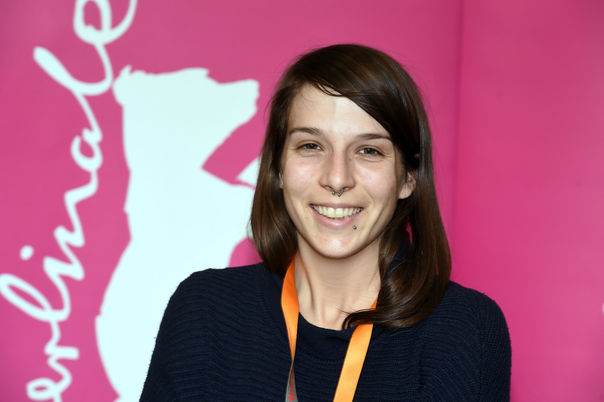The self-invention of the non-existent profession
By Petra Meterc

Talent Press 2017 participant Petra Meterc
It was always about the storytelling. From early visits to the local library as well as the local video shop, the urge to discover different realities through media has stayed with me. I kicked off my work as a journalist writing about literature, and although I have made a gradual crossing into reflecting my cinephilia through film criticism, books have always been there. I believe it is reading, be it fiction or theory that pushes you to evolve in writing. With cinema, I seek to be an independent curator of the viewers’ interests. My focus is in the non-western, independent authors that create on the margins of the mainstream and well-established (either commercial or arthouse) milieu of cinema. Presenting and inviting people to discover other voices, while also inevitably trying to depict the wider, often political context (in content, not in topic), places me within the cinephile criticism with a slight inclination towards film and other theory.
It is mostly self-taught criticism that is produced and read in Slovenia, with the editors having too much work with the formal and technical part of publishing while lacking time for real mentorship or rigorous editorial process. The only other approach falls into the domain of short texts merely filling the cultural pages of magazines or newspapers, usually devoid of any actual critique or in-depth reflections. Of course, as almost everywhere else, none of us are only film critics; the precarious freelance work not only means that all of us multitask to make our living, but there are also only a handful of real experts to learn from. Slovenia has no film education in its educational system and there is no film studies in higher education, which means that both the viewers, as well as the critics, lack knowledge of film history, theory, and discourse. Luckily, the situation is changing for the younger generations due to the energy of several small organizations carrying out film education projects through various platforms. Slovene filmmakers produce five to ten features a year, and although in the eyes of the Slovenes, contemporary Slovene film is often stereotypically regarded as too rigid and stuck in search of its identity, there are always authors, from feature to documentaries, as well as animation, that definitely defy those pessimistic generalizations. As for myself, I wish to see more such defiance, not only in filmmaking, but also in the work of the critics. Let us keep re-inventing our profession; after all, its existence seems similarly elusive and fluid like the moving picture itself.

